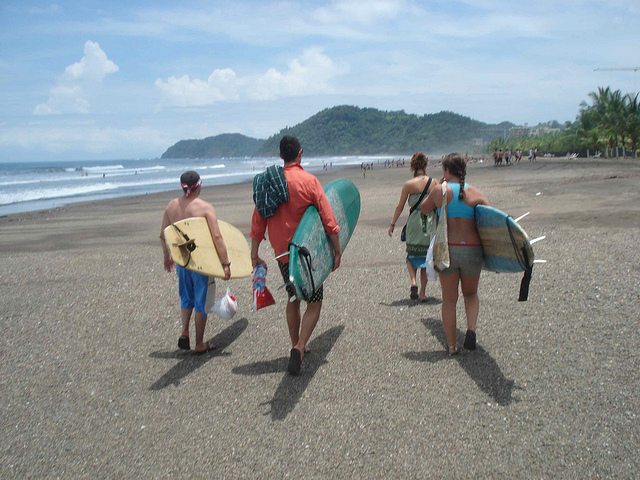Hiking & Backpacking Tips

There are two fundamental pack types, inner as well as outside structure.
The inner framework pack has actually superseded the exterior frame as the most preferred kind, though both have their benefits and drawbacks.
One of the benefits of the internal structure is that it is less susceptible to “getting” if you are hiking via greatly decayed locations. It will likewise have a tendency to sit even more easily on your back as it is more form suitable than the external framework type and also will make for better equilibrium. Being better fitting, this of course will catch much more body heat, which commonly is not a poor thing.
The outside structure packs are larger and as a result much easier to load equipment right into and after that to access it.
They will likewise rest ‘cooler’ on your back.
Don’t haul unnecessary equipment. Experience each piece of your equipment and clothes before you begin and figure out whether it is really essential or whether one more item you are bringing can double for both jobs. e.g., one-pot, cup, as well as a spoon needs to cover all your cooking requirements. Garments can double as a pillow etc.
Take into consideration the use of dried-type foods as they will conserve a lot of weight. Remember though, that they will certainly require a water resource to prepare them.
Lining your pack with a large plastic rubbish container bag is an affordable and also efficient means to assist maintain the materials completely dry. Load covers have actually limited success in heavy rainfall, none in river crossings, as well as are an added item of equipment that you need to carry.

As a basic regulation, lots your pack with the heaviest items towards the top and also near your back. This will lift the weight greater on your back making for a simpler lot to balance and lug.
Ensure that any kind of items that may be needed in a hurry (heavy weather apparel, gloves, med set, etc) are easily accessible and also not hidden in your pack.
The weight from a greatly packed pack can in some cases cause the modification of the shoulder straps to continuously “slip”, going down the pack down your back – consider adding little strips of hook & loophole (velcro) tape to the ends of the bands and also to a dealt with nonmoving part of your pack, (e.g., waistline belt or standing part of the strap) to make sure that the ends of the straps can be easily “secured” down holding them in the desired placement.
Plastic soda bottles (Coke and so on) make outstanding canteen. They are cheap, exceptionally solid, and also virtually weightless. When empty they can be squashed to use up much less pack area – blowing into them will certainly return them to typical shape.
An accessible means to carry a full 2-liter container is to loophole a cable noose around its neck, affixing the various other ends of the cord to one side of the pack as well as running it throughout the top of the pack with the bottle hanging on the opposite side. The bottle is then protected from “turning” by a collar of hook & loop (velcro) tape that is attached to the pack as well as secured around the reduced part of the bottle. Read this article by the American Travel Blogger to learn how to travel to different places on your own.
Apparel
Lightweight “layers” that can be gotten rid of or included in is the best technique – along with an excellent wind/rain outer garment covering, ideally of breathable product.
Prevent cotton clothes. It will dry gradually and will certainly be cool and much heavier if used when damp – make use of synthetic products such as polyprop or its comparable. These are light, warm when damp, and also dry out rapidly. The only cotton you might intend to carry is possibly a light long-sleeved tee shirt for sunlight security. This applies to denim products too, there are much better choices. (long trousers made from quick-drying material, or hiking shorts).
Headgear. This is necessary for sunlight security and also for insulation in winter – most of the temperature is shed through the head as well as neck areas. Carry separate headwear for varying conditions – a brimmed hat for sunlight defense and beanie/balaclava for cold-weather insulation.
Last but not least, whether trekking in business or trekking solo, constantly advise someone that cares, about what your desired movements are as well as when you plan to be back out.
The, even more, you trek the more you will certainly figure out what works for you and what alterations can be made.
Hopefully, the above suggestions will be of some aid in delighting in the outdoors.

